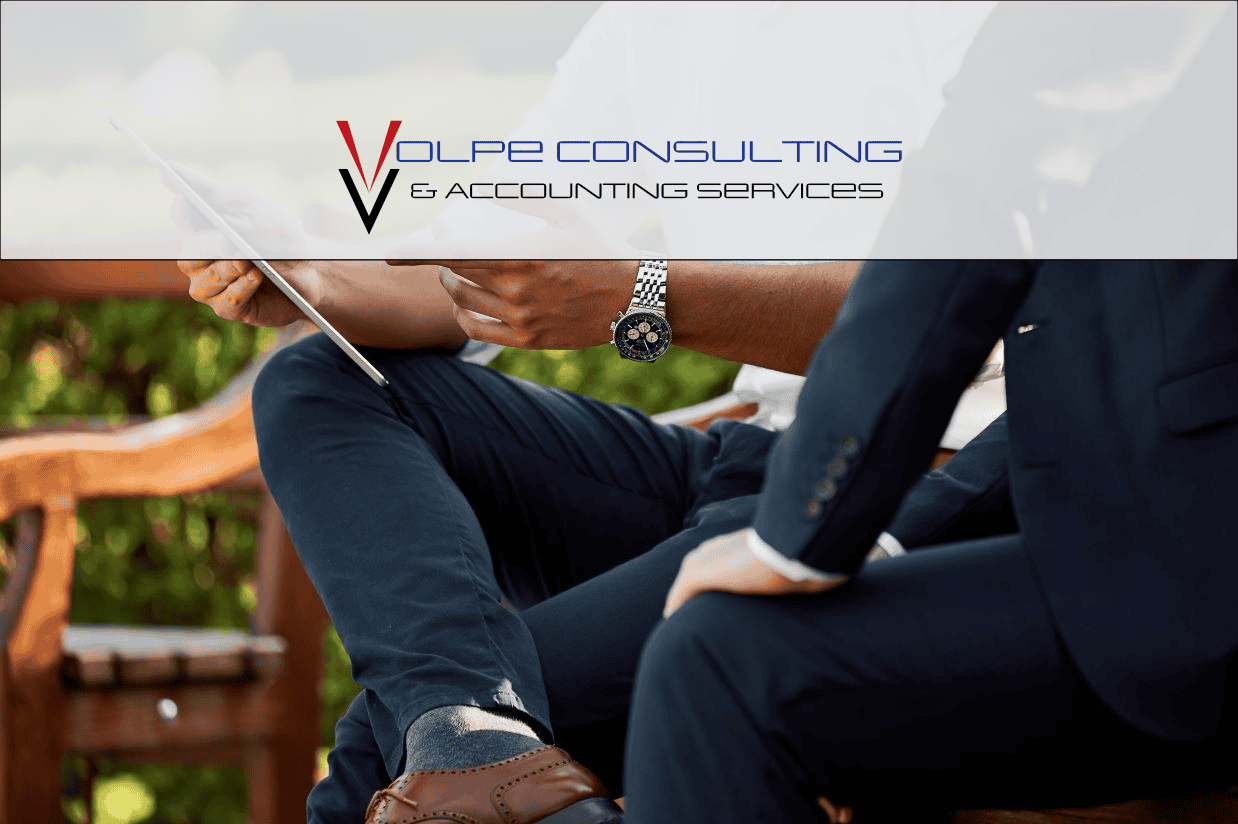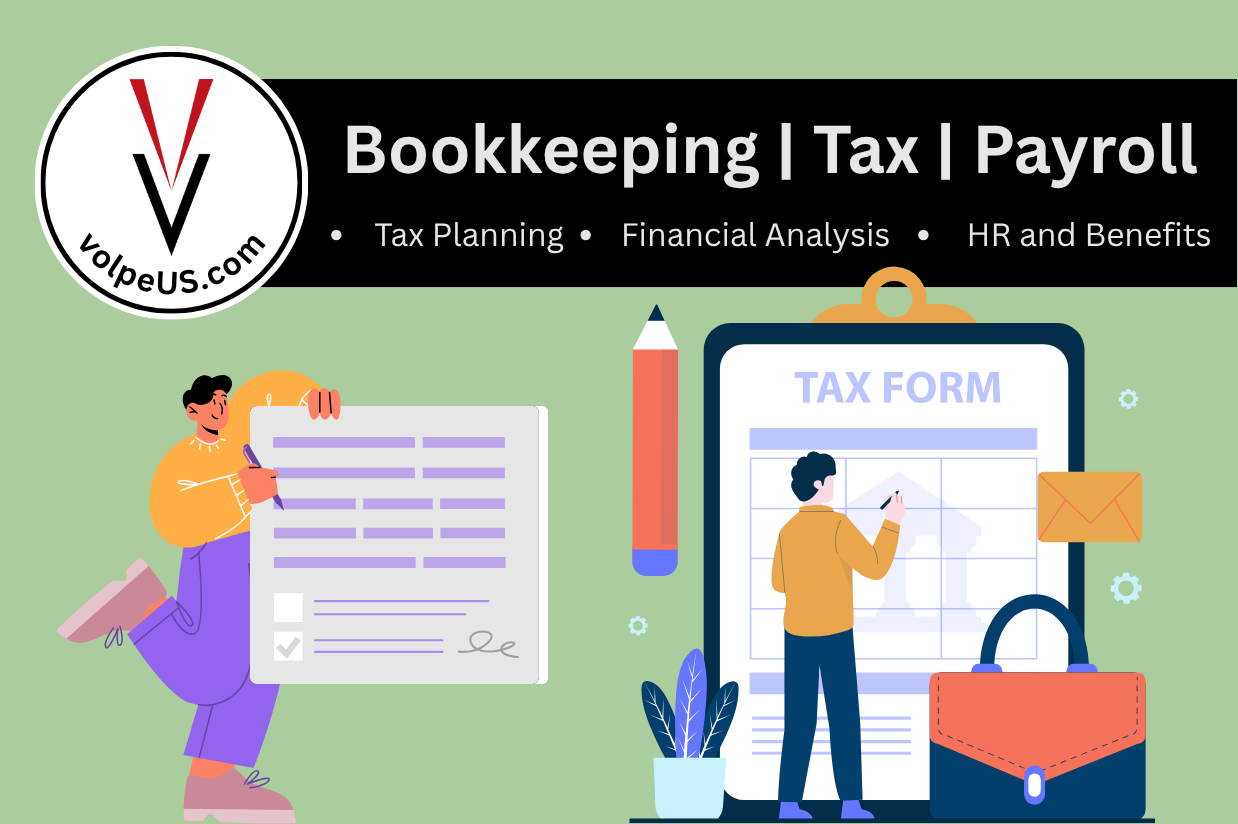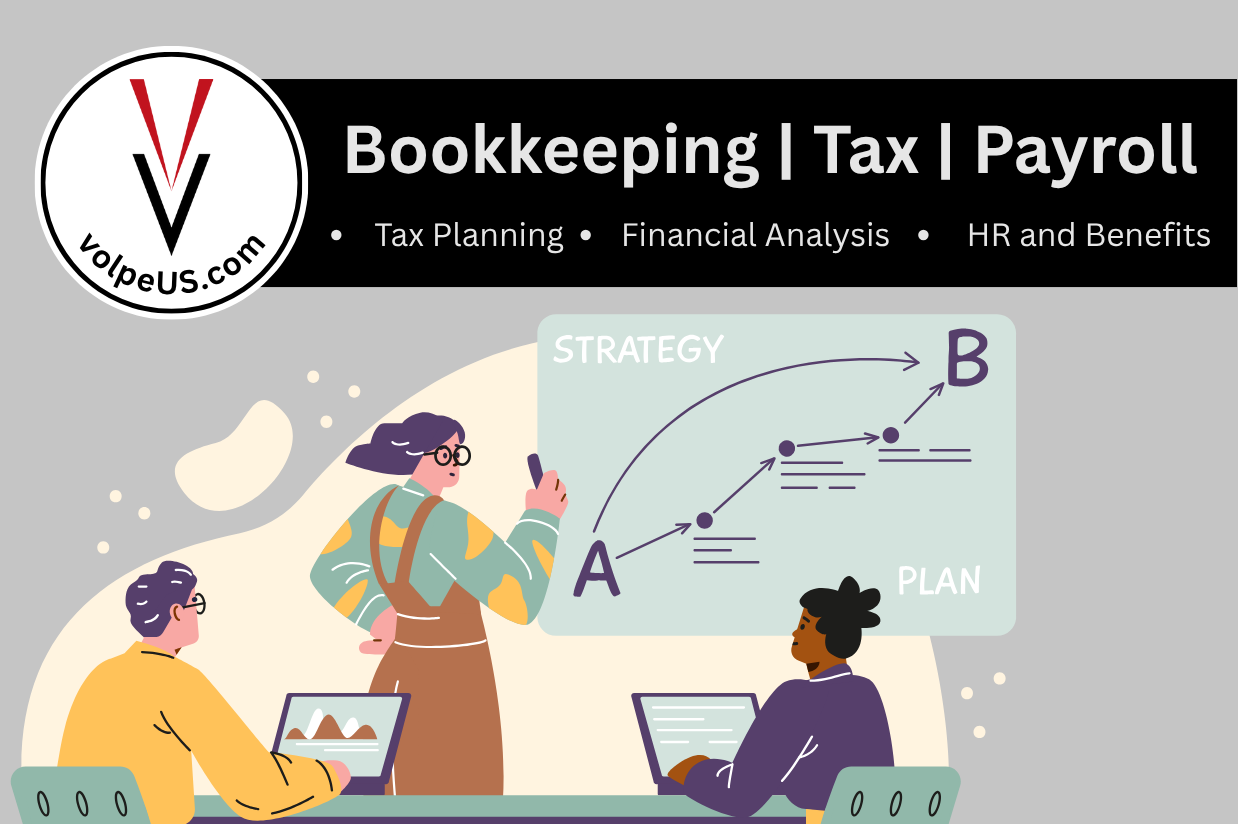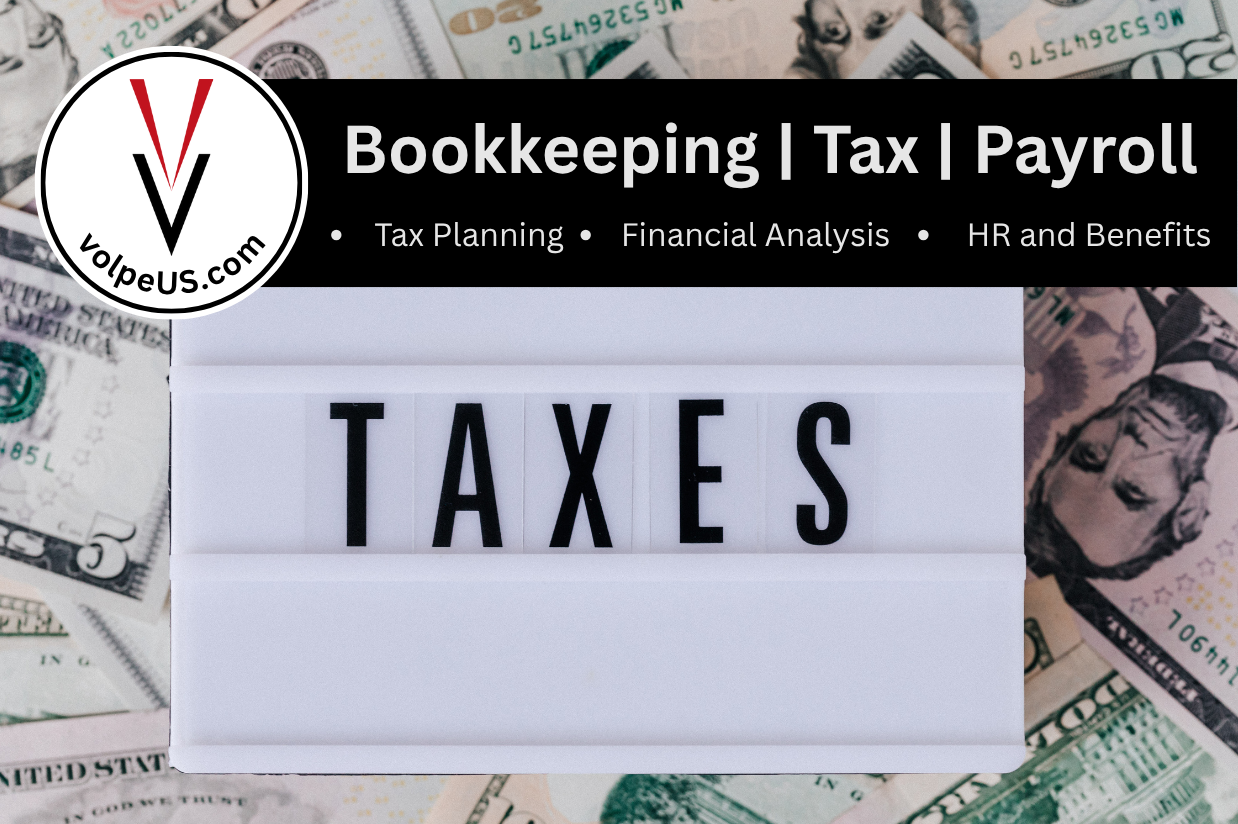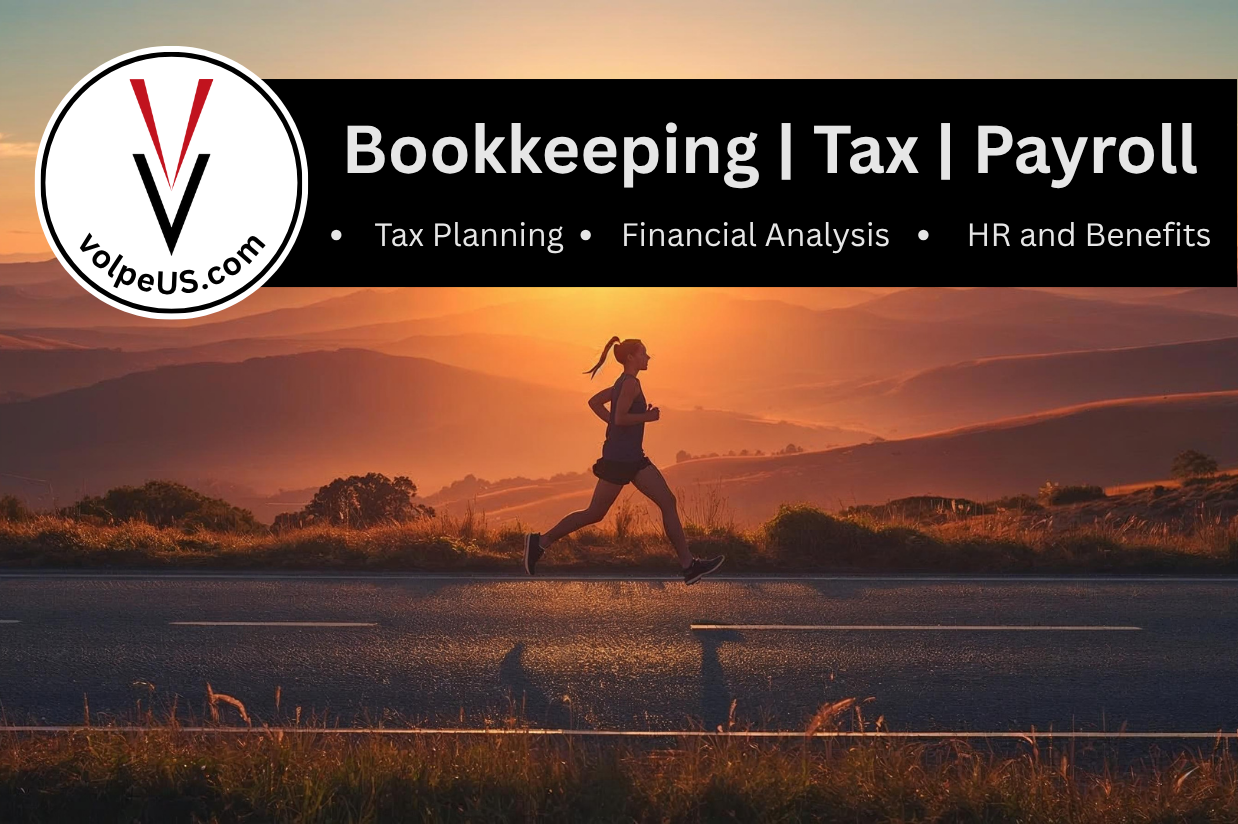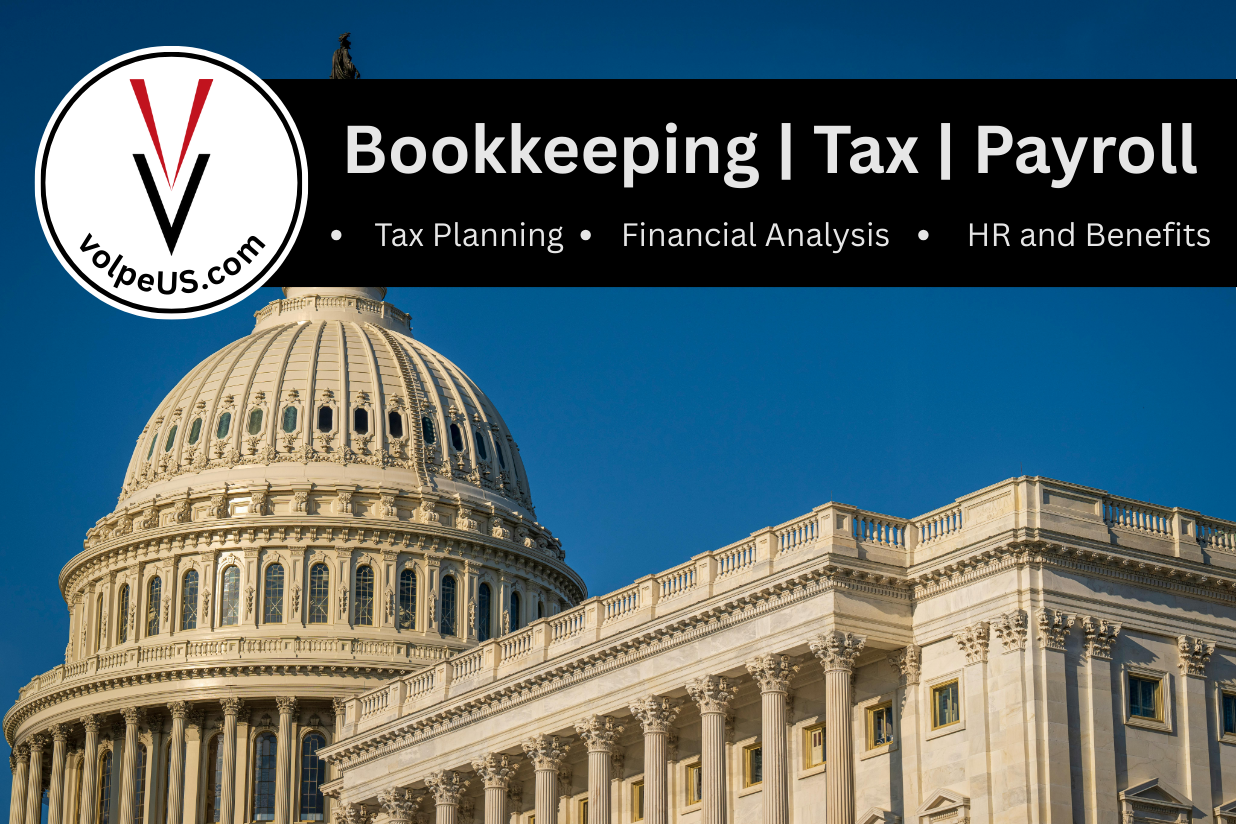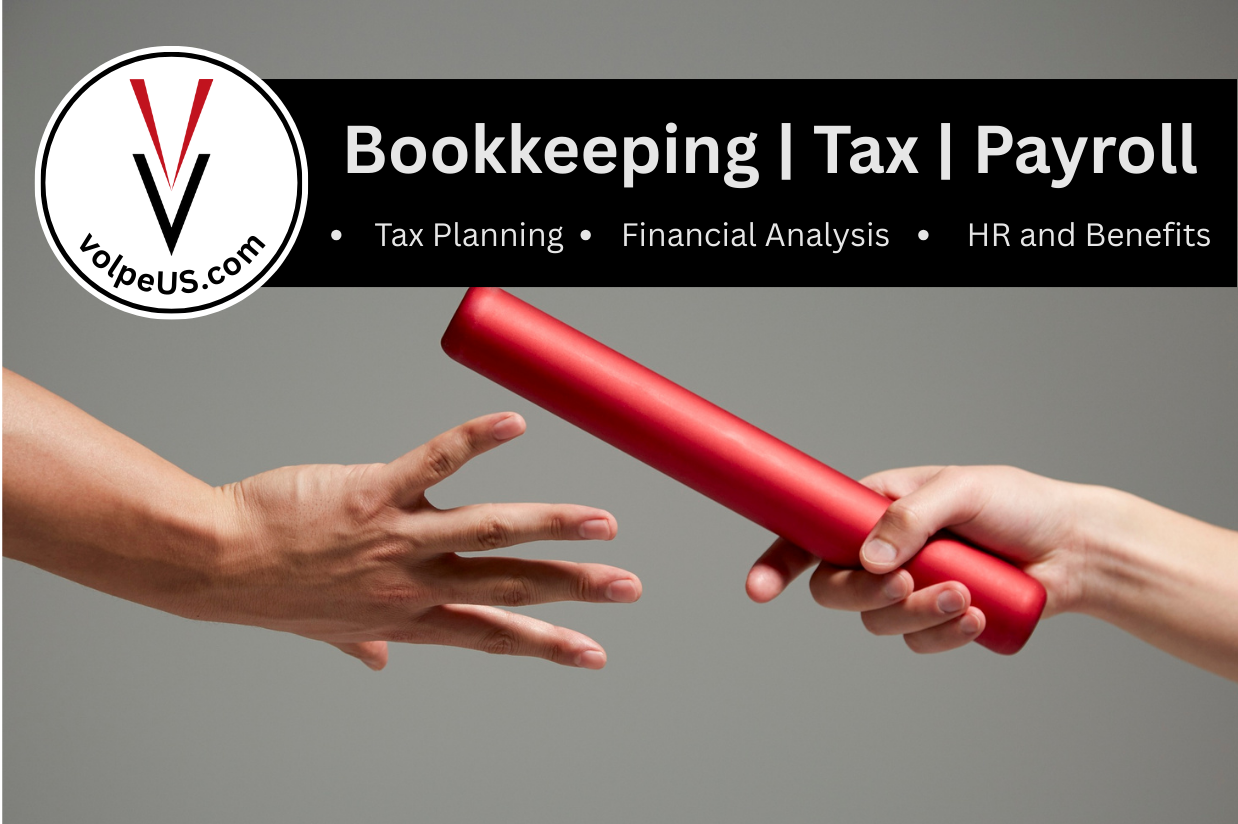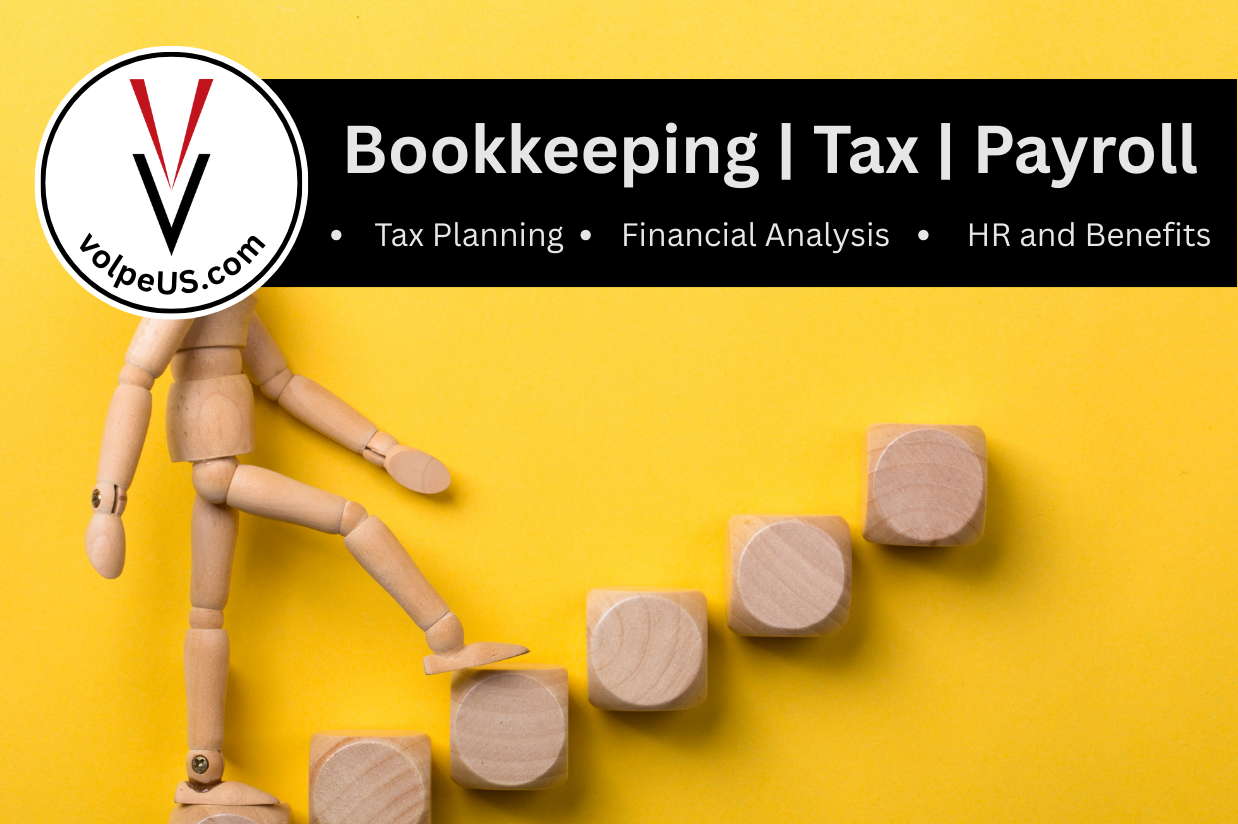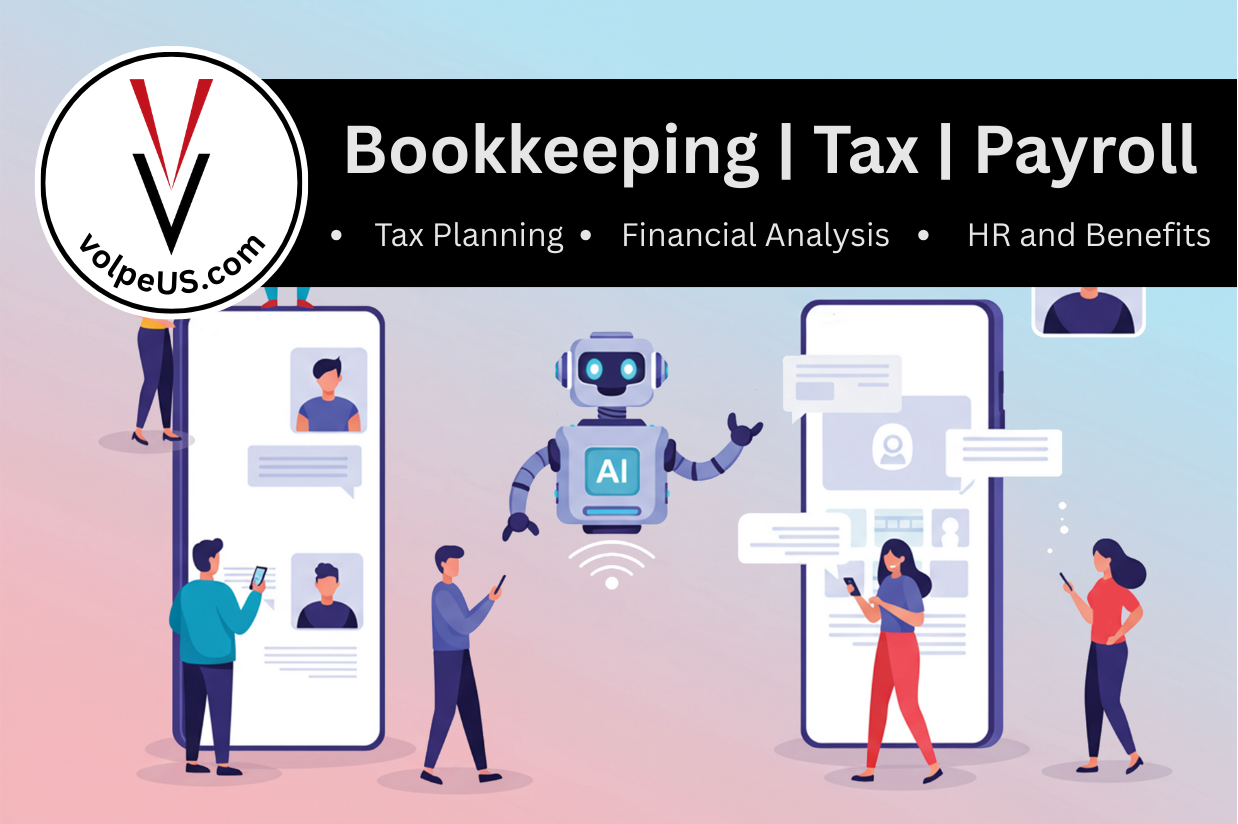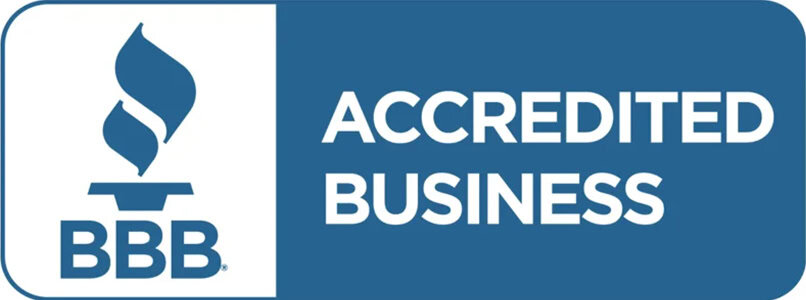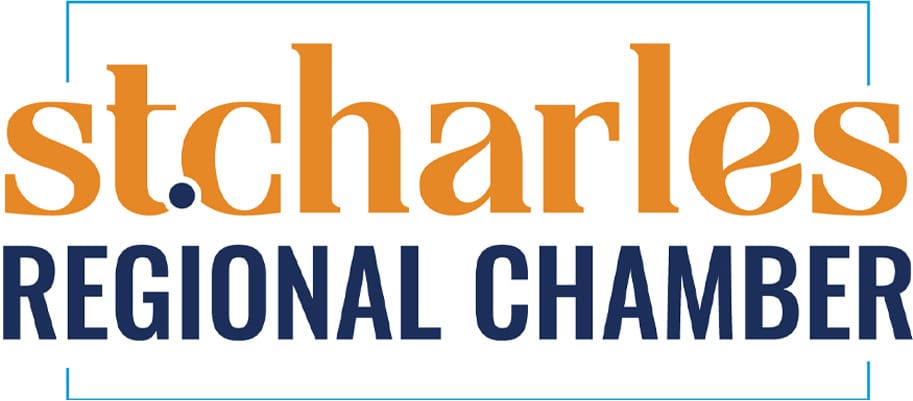As a business owner, you’ve invested years of sweat, grit, and late nights into building your company. From the early struggles to the hard-won successes, you’ve created something valuable—both to you and to others.
Now, as retirement looms, you’re likely wondering: What’s my business worth?
Maybe you picture yourself on a beach, drink in hand, free from the daily grind. But before you can kick back, you need to know your business’s value and how to hand it off—whether to family, employees, or a buyer—so you and your loved ones can enjoy the rewards.
The truth is, approximately 98% of business owners overvalue their business by 59% on average. A business is personal to you so it is easy to see why you may think it has a higher value that an outside party. Another important statistic to keep in mind is businesses with a formal valuation are 50% more likely to sell successfully.
The purpose of this article is to share our experience and knowledge on the topic of business valuation as accountants and financial consultants. We will provide the most effective methods you can use to have your business valuated and also details on when you should go through the process. When you finish, you’ll be better equipped to understand the dynamics at play and make informed decisions.
Let’s dive in.
Jump to a Specific Section
Ways to Value Your Business
Valuing a business isn’t a one-size-fits-all process. Unlike public companies (where stock prices set the value), private businesses like yours require a bit more digging. The method you pick depends on your company’s situation, industry, and what you plan to do next. Here are five common approaches:
1. Net Asset Valuation (NAV)
The Net Asset Value method looks at what your business owns minus what it owes. It’s like taking inventory: add up your assets (equipment, property, cash), subtract your debts (loans, bills), and leave out intangibles (like brand reputation or patents).
Net Asset Valuation Formula: Total Assets – Total Liabilities – Intangible Assets = NAV
NAV Example: Your company has $1 million in assets, $200,000 in debts, and $50,000 in intangibles. That’s $1,000,000 – $200,000 – $50,000 = $750,000.
Who is Net Asset Valuation Best for? This method is particularly beneficial for companies with significant physical assets and relatively stable liabilities. However, it might not fully reflect the value of companies with minimal tangible assets or those that create value primarily through services or intellectual property. In such scenarios, complementary approaches might be needed to round out the valuation.
2. Peer Comparison (Relative Valuation)
With Peer Comparison, you compare your business to similar ones. Look at companies in your industry—same size, same market—and see what they’re worth. You’ll use metrics like revenue or earnings multiples (e.g., “This competitor sold for 3x its revenue; mine’s similar, so…”).
Peer Comparison Example: If a rival with $1 million in revenue sold for $3 million (a 3x multiple), and your revenue is $2 million, you might estimate $6 million.
Who is Relative Valuation/Peer Comparison Best for? Peer comparison is an ideal method for those who prefer a data-driven approach to business valuation, particularly when market conditions are evolving. Professionals who manage portfolios, business owners planning to sell or merge their company, and even students studying financial analysis can benefit greatly from this approach. It is especially useful for organizations that operate in highly competitive environments where market trends and industry benchmarks significantly impact value.
3. Liquidation Value
Liquidation Value is the “shut it down” number—what you’d get if you sold everything today (think equipment, inventory) at fire-sale prices to pay off debts. It ignores intangibles and future potential, so it’s usually the lowest estimate.
Who is Liquidation Value Best for? Companies closing up shop. It’s a last-resort figure, not a growth story. This valuation method focuses on the worth of a business if it were to cease operations immediately. In essence, it predicts the cash that could be recovered by selling all assets and paying off all liabilities. But here’s the catch: with liquidation value, the assumption is that these sales must happen quickly, often leading to potential discounts on asset prices.
4. Times-Revenue Multiples
Take your annual revenue and multiply it by a number common in your industry (say, 1x to 3x). It’s quick and easy.
Times-Revenu Multiples Example: Your business made $2 million last year, and the industry multiple is 2x. That’s $4 million.
Who is Times-Revenue Multiples Best for? For newer firms or start-ups in their early stages, the times-revenue multiple can offer insight into market valuation that traditional profit-based methods might miss. While straightforward, it’s important to recognize that relying too heavily on revenue alone without considering liabilities or other financial indicators might lead to an overvaluation.
5. Discounted Cash Flow (DCF)
The Discounted Cash Flow method predicts your future cash flow (money in, minus money out) and adjusts it to today’s dollars, accounting for risk and time. It’s detailed and forward-looking. Unlike other valuation forms that may overlook future growth dynamics, the DCF method evaluates a business’s valuation with thorough insight. This process is not just about prediction but about evaluating the present value through a balanced view of the company’s anticipated returns in light of the existing economic climate, competition, and inflationary trends.
How Discounted Cash Flow works: Estimate cash flows for, say, five years, then “discount” them using a rate (often tied to your cost of capital). Add it up for your value.
Discounted Cash Flow Example: If you expect $500,000 yearly cash flow, discounted at 10%, the math gets complex—but it might land around $2 million today.
Who is Discounted Cash Flow Best for? Businesses with steady cash flow. It’s powerful but tricky—small missteps in predictions can skew the result. It’s especially beneficial for companies in mature industries, where the future cash flow is not just reliable but also predictable based on historical data. This method is ideal if you’re evaluating a potential investment or acquisition in industries such as utilities, pharmaceuticals, or any sector with a stable demand.
When is the best time to get my business valuated?
Timing matters. Here’s when you should crunch the numbers:
- Selling or Handing It Off: Whether it’s to a buyer, family, or an employee, a solid valuation sets a fair price and keeps everyone happy.
- Estate Planning: Passing it to heirs? You’ll need a value for tax purposes and to divvy up your legacy fairly.
- Seeking Cash: Applying for a loan or pitching investors? A valuation shows them what they’re betting on.
How to Pass It On
Valuing your business is step one. Step two is the handoff. Here’s how to do it right:
- Plan Early: Talk to a lawyer and financial advisor to map out the transfer—legally and tax-wise.
- Prep the Next Owner: If it’s family or an employee, train them. Give them the tools to succeed.
- Mind the Taxes: Ownership changes can trigger big tax bills. Advisors can help you dodge pitfalls.
- Think Long-Term: Ensure the business stays strong after you’re gone—consider market trends and competition.
How to Start the Business Valuation
First, gather all necessary financial statements, including income statements, balance sheets, and cash flow statements. These will provide a snapshot of your business’s financial health, crucial for various valuation methods.
Next, you’ll want to normalize these financial statements. This process involves adjusting your statements to eliminate non-recurring expenses or revenue and to reflect the true earning potential of your business. This step ensures you’re presenting an accurate financial picture that can be realistically appraised.
At this stage, you might also consider comparing your company’s financial performance against industry benchmarks. This comparative analysis helps in understanding your business’s standing in the market, which can be particularly beneficial if opting for a peer comparison valuation method.
Once your financial data is ready, selecting the right valuation method becomes crucial. Whether you choose a times-revenue multiple for simplicity or a discounted cash flow method for a comprehensive evaluation, align this choice with your business’s characteristics and valuation goals.
Remember, the valuation process is not just for those looking to sell but is also a strategic tool for growth and stability. By understanding your business’s economic value, you can make informed decisions and plan effectively for the future.
Get Help with Your Business Valuation
Understanding the true value of a business is both an art and a science. Whether you’re planning to sell your company, bring in new investors, or make strategic decisions, knowing how to conduct an accurate business valuation is crucial. This process involves analyzing a variety of factors, from cash flow and market conditions to intangible assets and industry trends. It’s not just about numbers—it’s about telling the story of your business.
Your business is more than a paycheck—it’s your legacy. Valuing it with methods like NAV, peer comparison, or DCF gives you the clarity to retire confidently or pass it on smoothly.
Timing your valuation and planning the transition are just as critical. Done right, you’ll secure your family’s future and enjoy the retirement you’ve earned—maybe even with that beachside drink.
Need help? Valuing a business can be tricky, and guessing wrong could mean leaving money on the table—or scaring off buyers.
Volpe Consulting and Accounting provide financial consulting and business valuation services specializes in guiding owners like you through the process, step by step.
